Introduction
We started using Micro Four Thirds cameras starting with the G1 (2008) and owned quite a few "G" models following the G1 (GH1, GH2, GF1, GF1 Infrared modified).
Actually when you come from the GH2 you feel at home fast with the G3. Best we look at some of the differences to the GH2.
- Smaller and lighter than GH2
- 16MP sensor (different than GH2)
- 1080i60 video with no manual control and lower maximal bit rate than GH2
- New Pinpoint focus in the G3 (we did not try it as we often shot in MF mode)
- No multi aspect ratio sensor for the G3. The G3 supports multiple aspect ratios but they crop the sensor.
- G3 features same EVF as GH2 (good news)
About composing with the LCD
We don't like to compose images on the LCD because of:
- Instable holding position
- Makes concentrating on a good framing hard
- LCD in bright sunlight is always a nightmare
That the G3 features at this small size a built in EVF (and not as an attachment) makes the camera very attractive for our work. The external EVF for the GF1 was not very usable (the Olympus external EVF is much better). With the G3 the GF* cameras are not much on our radar anymore. They may save even more size and weight but we want the built in EVF of the G3/GH2.
Panasonic Lumix G3
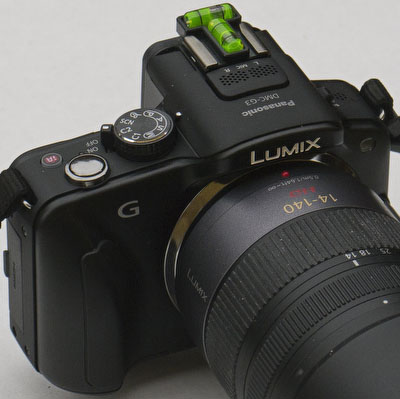
What we like
- Size and weight
- With our (smaller) hands the camera handles very well for us
- Usable AEB (auto exposure bracketing). with maximum 7 shots at 1EV steps
- Touch screen works nice
- Picture-in-picture magnification for manual focus
Could be improved
- We miss an automatic eye detector to switch between EVF and LCD. We set the G3 so that the play mode shows on the LCD.
- Different batteries than GH2. If this is the price for the smaller size we swallow this pill.
Lenses used
Generally we are not big fans of slow super zooms. But the 14-140mm zoom proved to be nice for video and with the Panasonic software corrections can deliver nice images. The 14-140mm zoom is quite expensive though. Handles very well with the G3.
Works fine on the G3 but balances better on the GH2 due to its size.
Balances nicely with the G3.
Most of the images in our gallery are actually shot with this lens. The AF is quite slow. In the end we just liked to use the manual focus with the picture-in-picture magnification feature. With this lens you actually hold the camera with the lens :-) but it works fine for us. Panasonic we want and need that kind of faster zoom for m43!
Note on Image Stabilization
Panasonic and Olympus use different strategies for image stabilization:
- Panasonic O.I.S. lens image stabilization
- Olympus in body image stabilization
This means all Olympus lenses are not stabilized on Panasonic bodies while we can select the lens O.I.S. system to be used on the E-P3 (in body IS or O.I.S.). Using both systems at the same time is not advised.
We have no means to test which system is more effective.
Camera Handling
- All our photos were shot using the EVF. Could the EVF be improved? Of course but it works just fine for us.
- Overall the camera handles very well (does not feel too small)
- The live histogram is very helpful
- Actually not much to complain
Note on video
- 1080i60 is an improvement but no 24p
- Only 17 Mbps
- Records in stereo
- Not much manual control compared to the GH2
- If video is a priority the GH2 is the way to go
Note to Olympus and Panasonic
Both manufacturers should come to an agreement to support the lens corrections (CA, distortions and vignetting) for the lenses of the other company. Right now we don't really know what works and what does not work. The users of m43 cameras will often mix and match lenses by both manufacturers.
Panasonic Lumix G3 Field Test Gallery
In our gallery you find all the images of this field test in higher resolution and many more.

At ISO 3200 with some noise reduction in Camera Raw
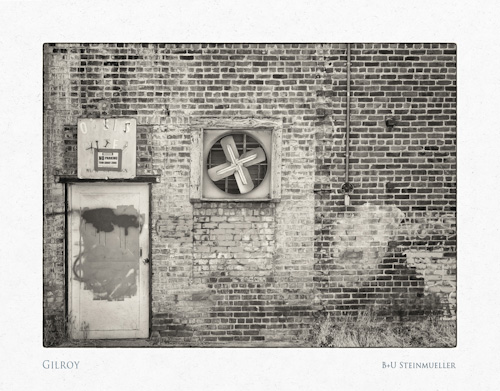
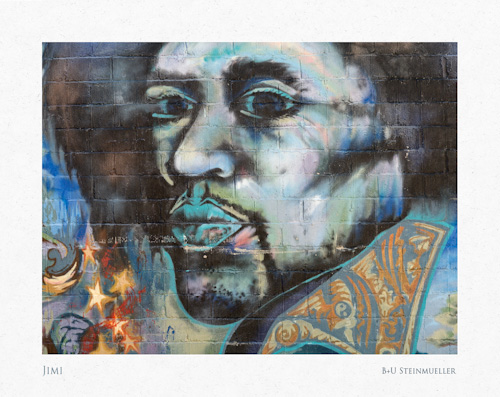
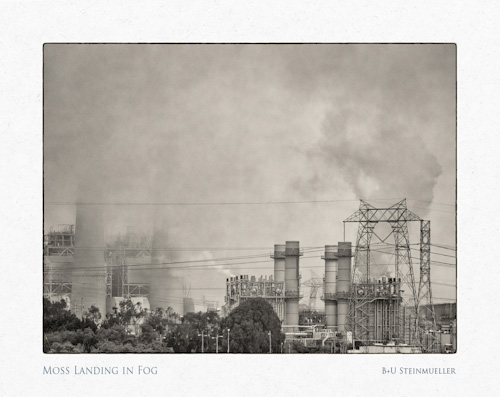
100-300mm zoom
At larger sizes you can see some distortions in straight lines. This is not related to the camera or lens. The power plant was in the fog and we were in the sun. There was a lot of turbulence in the air. We had the same effect with the Canon 60D and the 100mm f/2.8 IS Macro and that lens is as good as it gets.
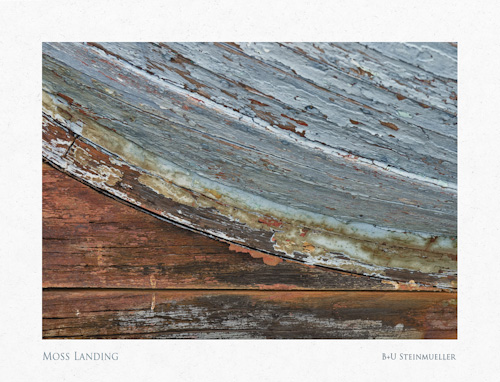
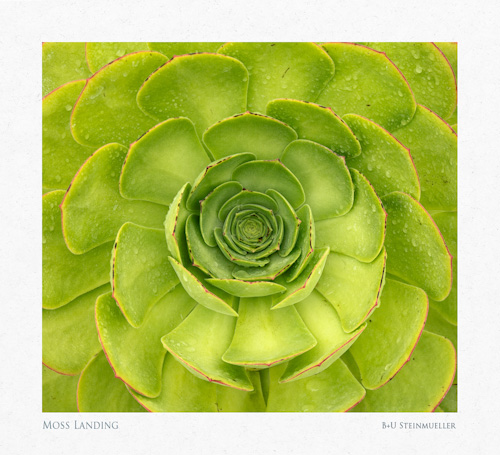
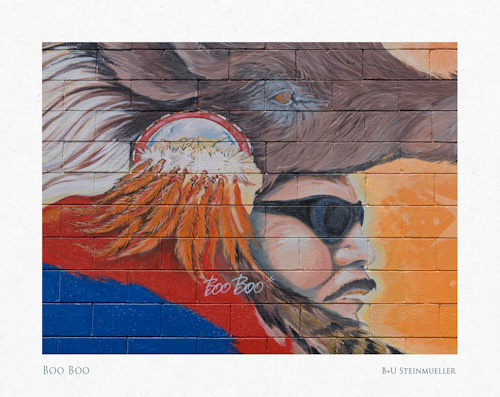
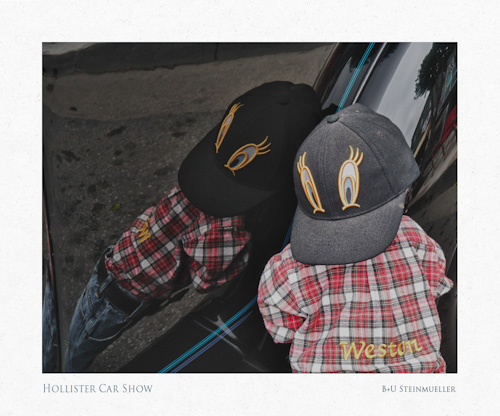
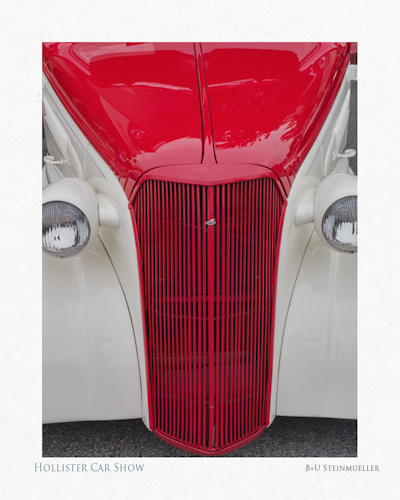
Conclusion
All conclusions as of July 2011.
The Panasonic Lumix G3 is clearly the m43 camera we like so far the most (except that the GH2 has better video support). The G3 is now an integral part of our m43 camera kit and our GF1 will get retired.
There is not much to complain:
- Needs eye detector to switch EVF/LCD
- Fast zoom needed more than ever
- Noise levels are higher than with cameras like the Fuji X100 but the sensor is also smaller.
|